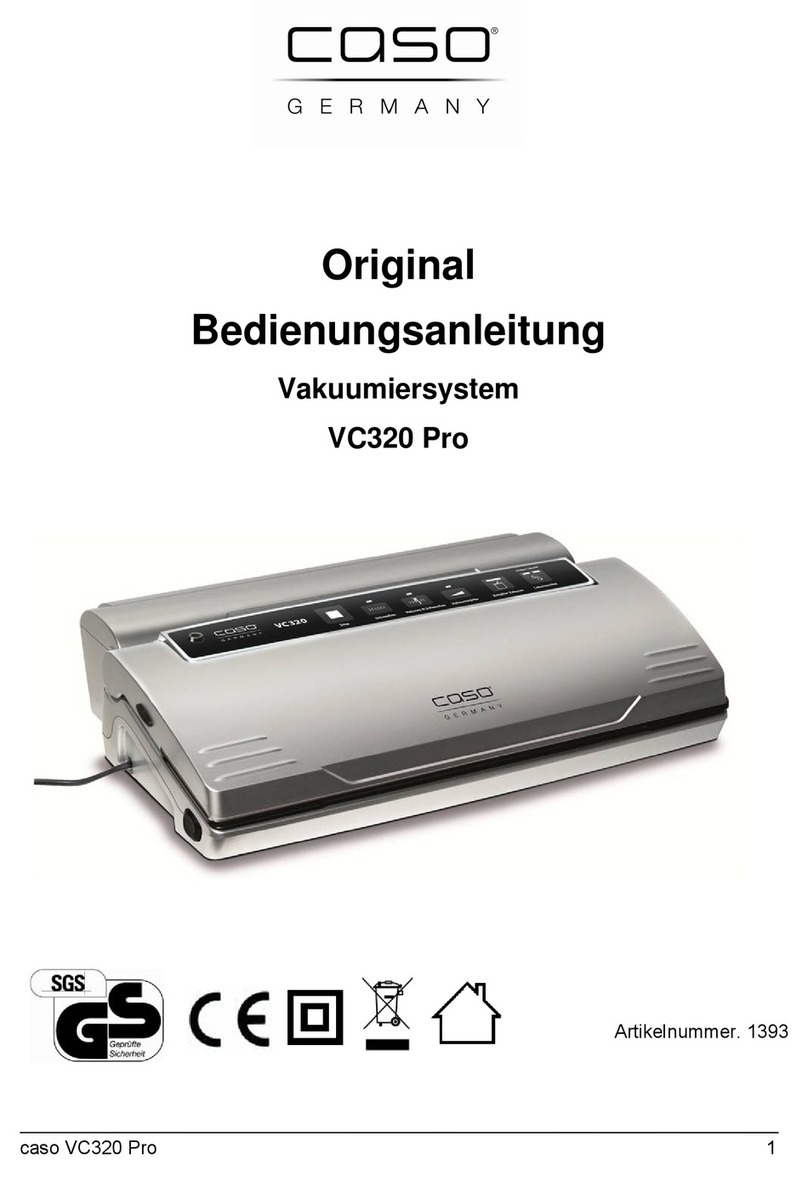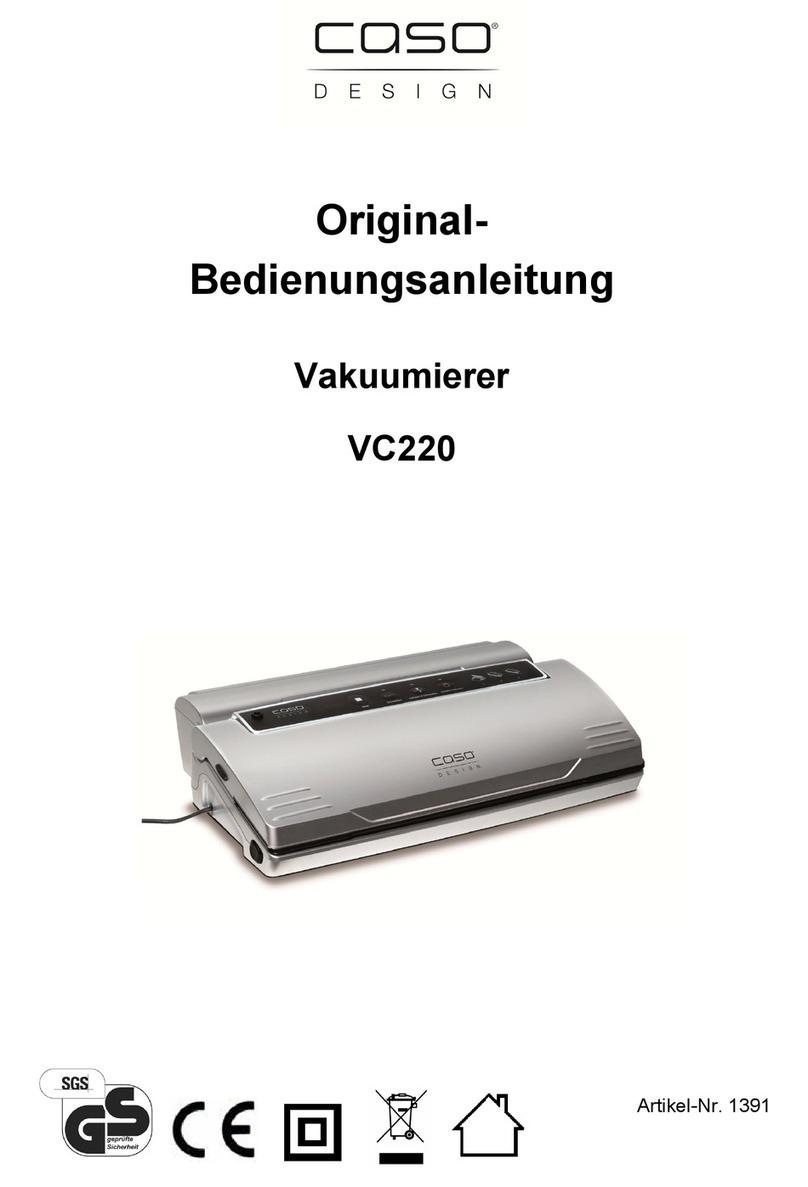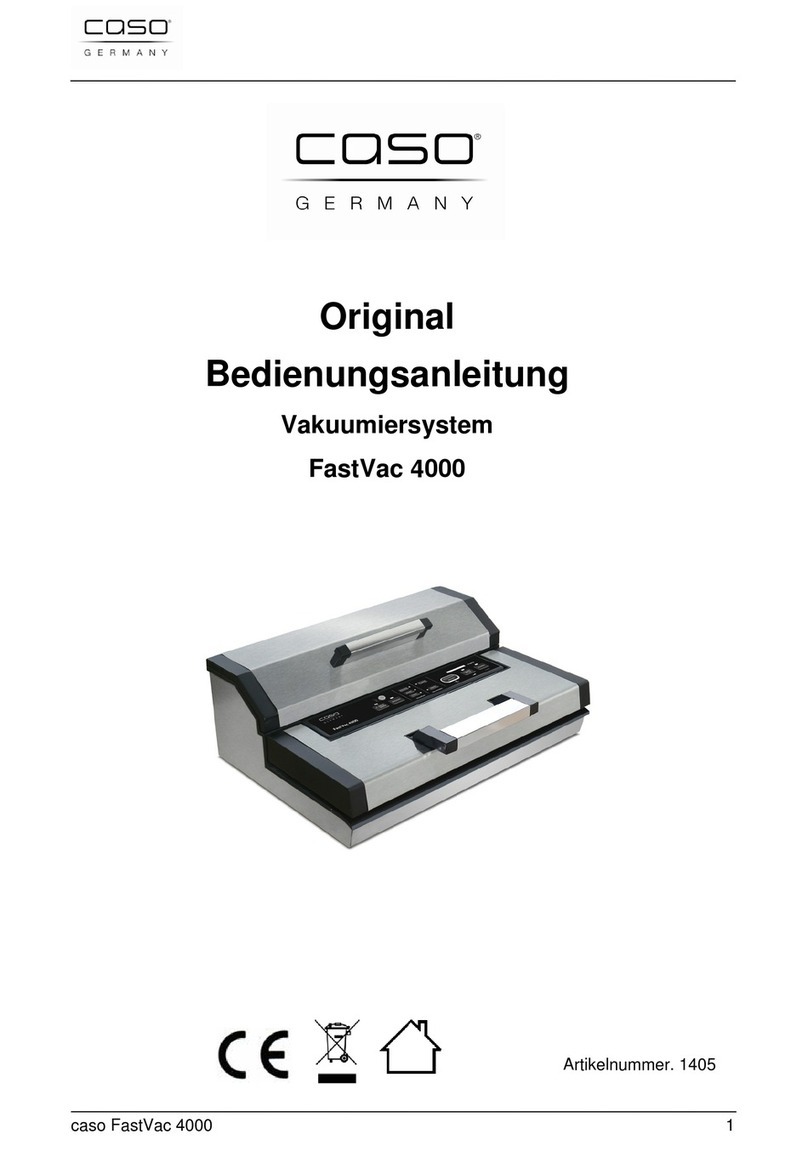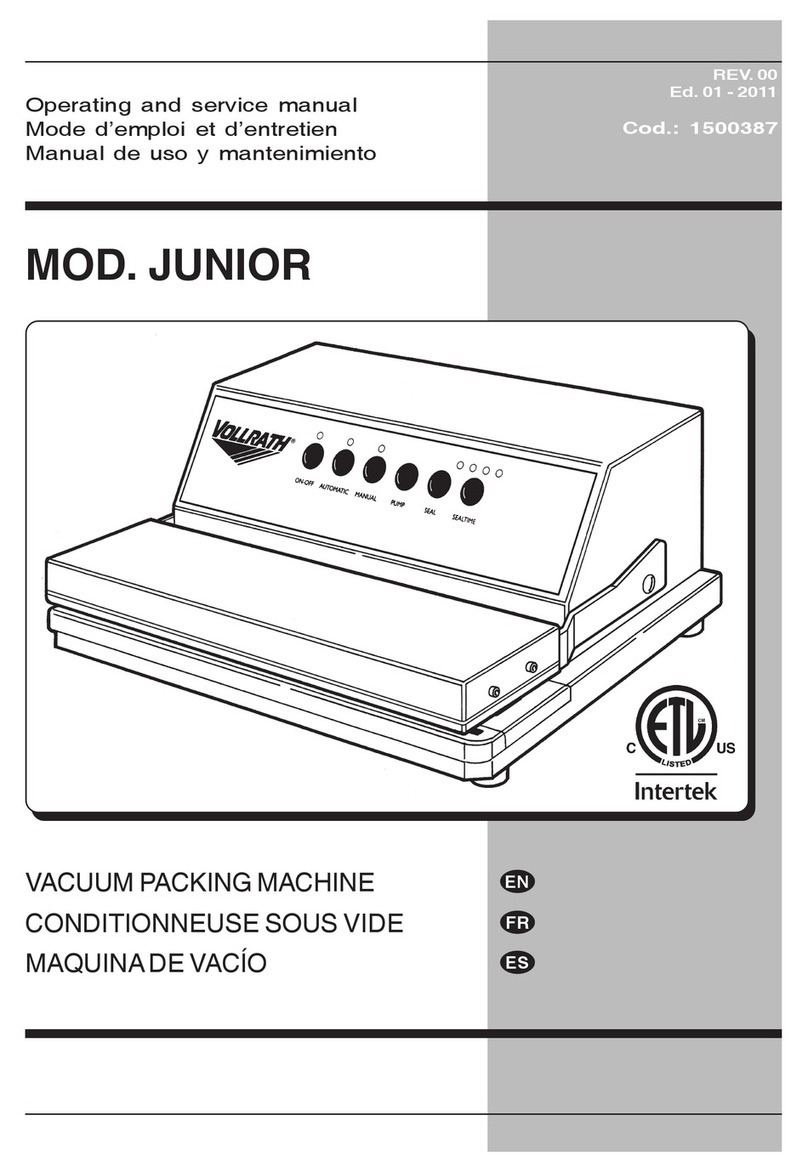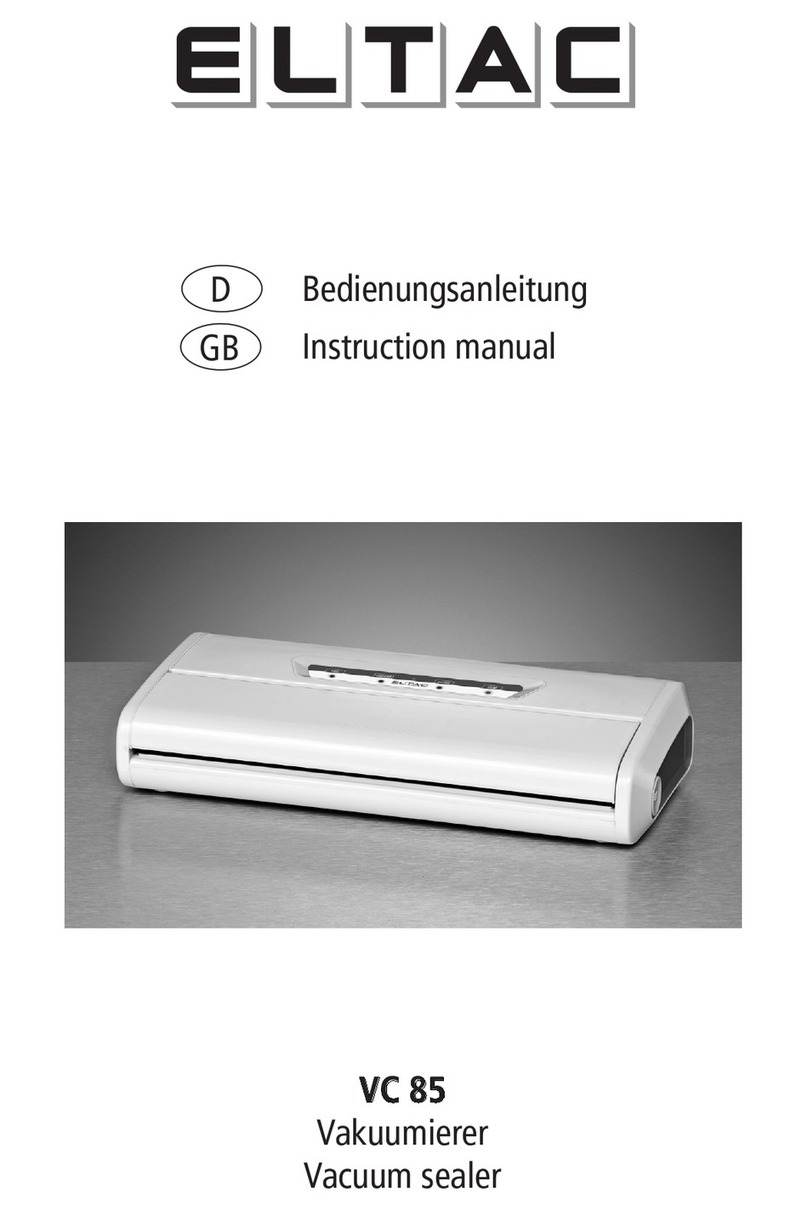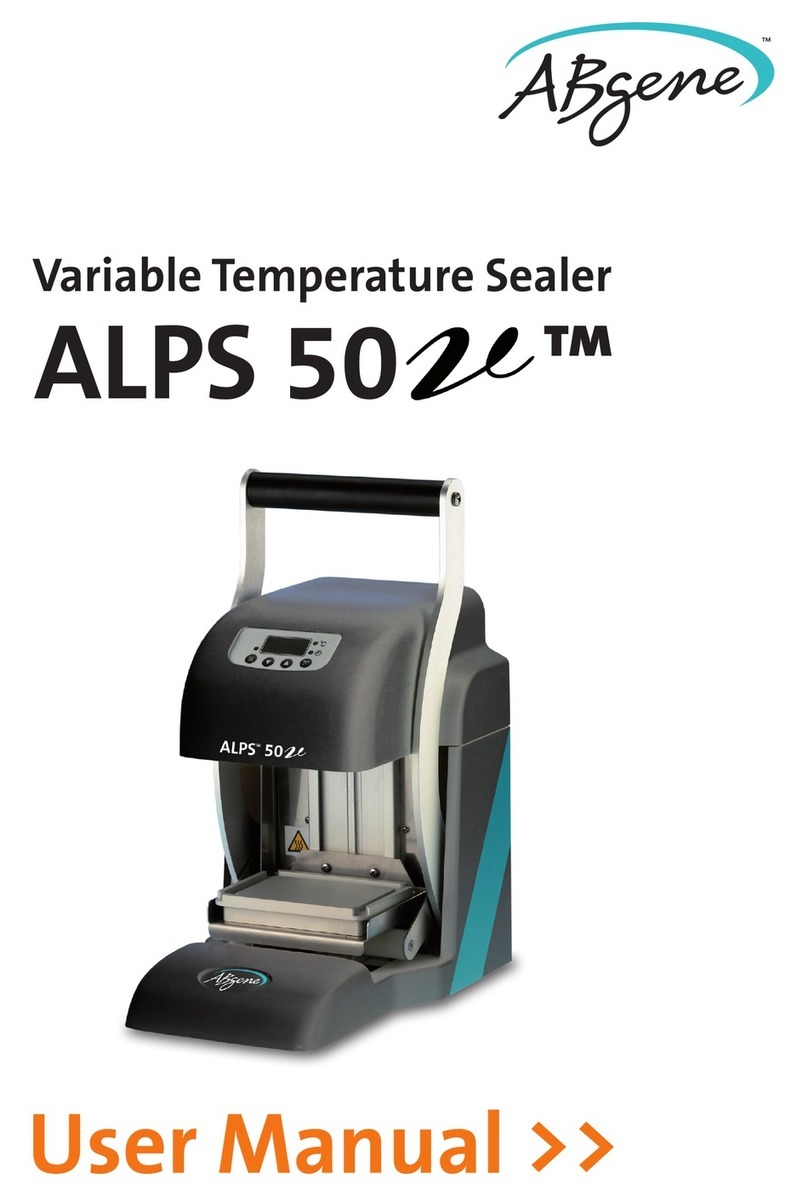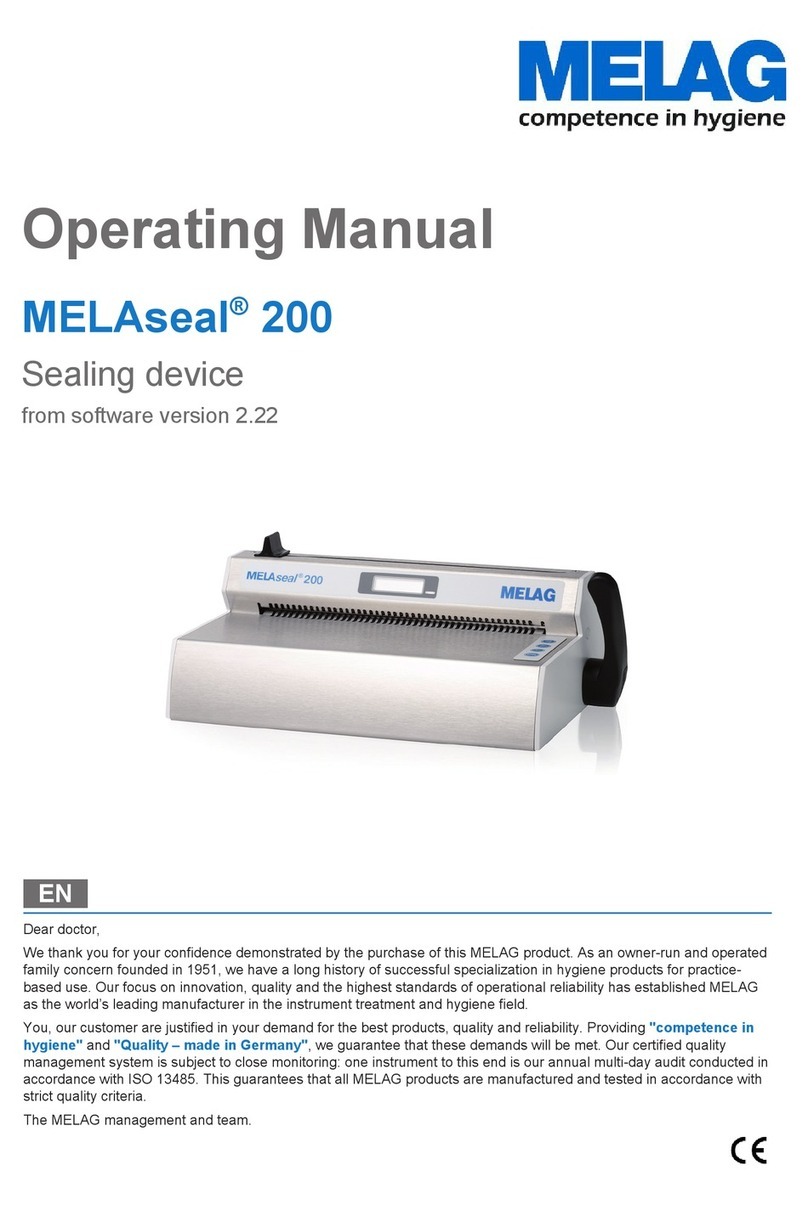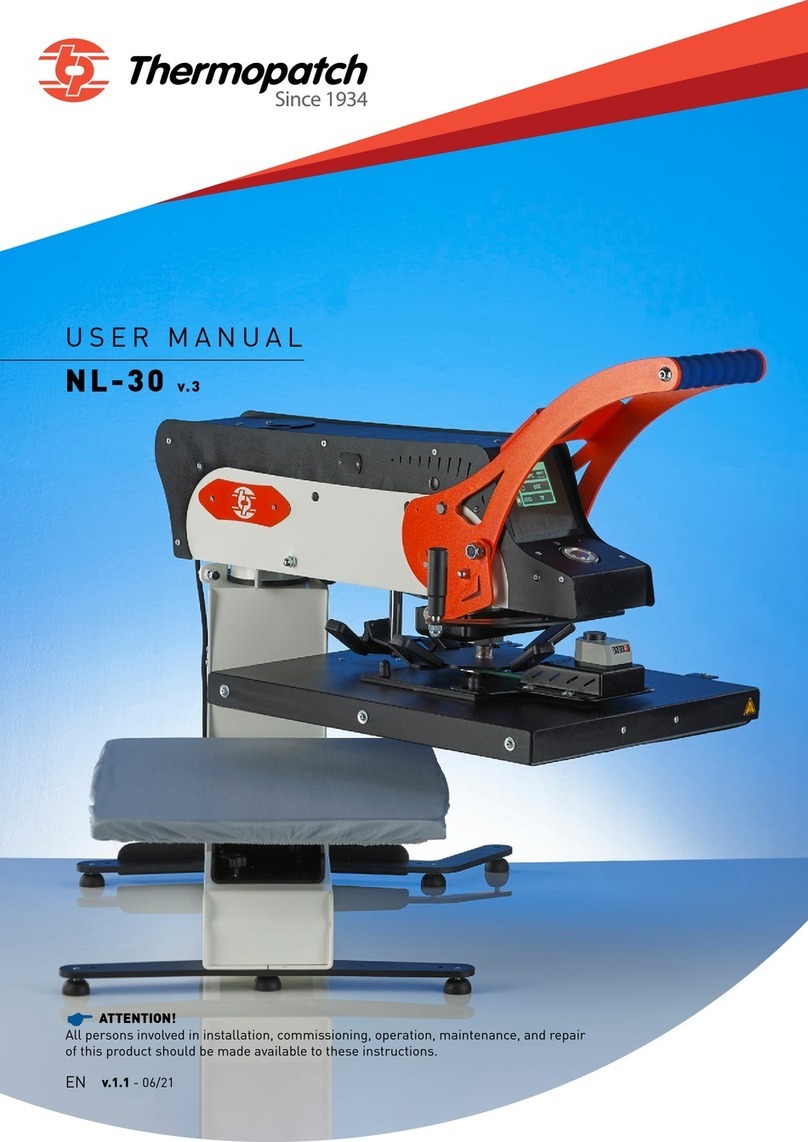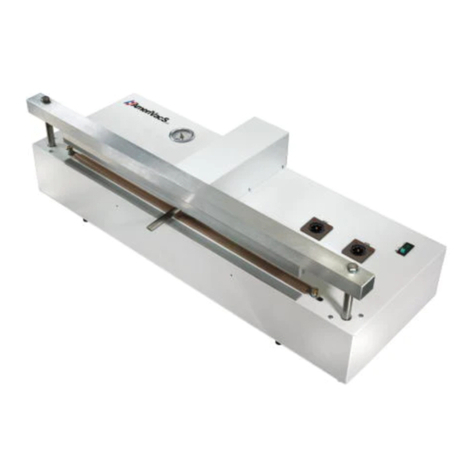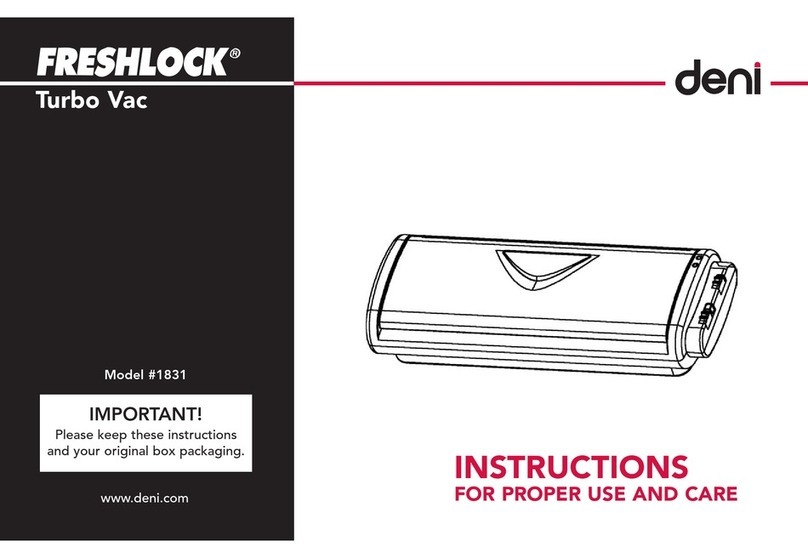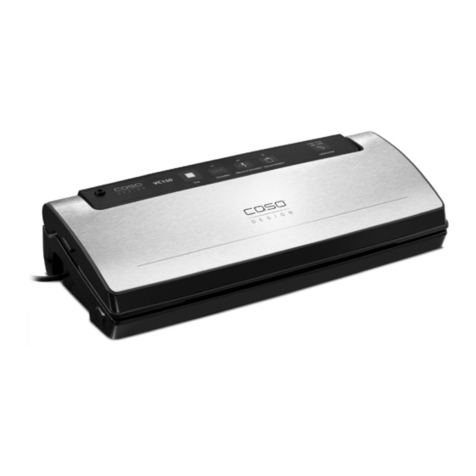CASO VC 200 3
1. Instruction Manual ...................................................................................5
1.1 IMPORTANT SAFEGUARDS...................................................................................... 5
1.2 General ............................................................................................. 5
1.3 Use of this manual ............................................................................................. 5
1.4 Warning notices ............................................................................................. 6
1.5 Limitation of liability ............................................................................................. 6
1.6 Copyright protection ............................................................................................. 6
2Safety ...................................................................................................7
2.1 Intended use ............................................................................................. 7
2.2 General safety information........................................................................................ 7
2.3 Sources of danger ............................................................................................. 8
2.3.1 Burn danger ......................................................................................... 8
2.3.2 Fire danger ......................................................................................... 8
2.3.3 Electrocution warning ......................................................................................... 8
2.4 About vacuum sealing foods.................................................................................... 8
3Getting Started ....................................................................................9
3.1 Packaging safety information................................................................................... 9
3.2 What’s included ............................................................................................. 9
3.3 Uses and advantages of vacuum sealing ............................................................. 10
3.4 Unpacking ........................................................................................... 10
3.5 Disposal of the packaging....................................................................................... 10
3.6 Setup ........................................................................................... 10
3.6.1 Setup location requirements: ..................................................................................... 10
3.7 Electrical connection ........................................................................................... 11
3.8 Interference ........................................................................................... 11
3.8.1 Extension cords ....................................................................................... 12
3.8.2 Polarization instruction ....................................................................................... 12
4Complete Overview...........................................................................12
4.1 Appliance diagram ........................................................................................... 12
4.2 Control Panel ........................................................................................... 13
INDICATOR LIGHTS ........................................................................................... 13
A. Sealing Indicator Light ........................................................................................... 13
Red light indicates that sealing process is taking place....................................................... 13
4.3 Rating plate ........................................................................................... 13
5Operation...........................................................................................14
5.1 Basics of sealing ........................................................................................... 14
5.2 Bags and rolls ........................................................................................... 14







